Balance as a Movement Vital Sign
Balance as a Movement Vital Sign
Classically, we think of vital signs as little numbers on a print-out sheet we got from our doctor after a battery of tests. Words like “blood pressure” and “hormones” may come to mind.
But as our knowledge expands, so do our definitions of vitality and how we measure our health.
You see, vital signs have now gone beyond the content of your blood and reached into the realms of movement. Studies have found strong associations between healthy aging and things like your ability to get up from the floor without using your hands.
Here at The Ready State, we’ve long considered your ability to move to be intimately tied to your long-term health. And now one of our favorite words has been deemed an official vital sign: Balance.
Is Balance a Vital Sign? Yes, Here’s How
When I say balance is a vital sign, I don’t mean balance as in moderation. I’m specifically talking about balance as the complex neurobiological phenomenon by which you can skillfully stand on one leg, keep your footing on a slick rock escarpment, or traverse ice-slick pirate-plank bridges over icy streams in ski boots.
That type of balance turns out to be a great predictor of longevity and vitality. So much so that papers like this one have called for it to be officially sworn in as a true-blue, bona fide medical vital sign.
The simple reasoning is that falls are a major cause of death and disability among the elderly, which has led to more and more clinical inclusion of balance tests. This is where vestibular balance problems come into play. This refers to issues with the inner ear that affect balance.
At a deeper level, balance is tied into sophisticated systems of your neurophysiology that influence other health markers.
Research has linked balance to other health markers like cardiovascular health, depression, mental health, and even diabetes.
Here at The Ready State, we try to see your physiology in the context of the complex interrelated systems that make it up. Your brain is the most complex structure in the known universe, and the line between where your brain ends and your body starts is blurred.
Things like sitting on the ground and other activities that were once a staple of our movement environment may signal safety and comfort in ways our modern environment lacks.
More and more, balance appears to be intimately tied to our ability to move, which in turn ties to our quality of life.
A Simple Balance Test To Save Your Life
Movement vital signs are the main subject of our most recent book: Built To Move, because we believe movement is central to your health as a human being.
Throughout the book, we talk about a number of vital signs and tests, but balance is a consistent theme.
One of the reasons we like tests is their ability to measure not only your baseline but also your progress. With balance, our favorite test is the SOLEC (pronounced so-leck) test. Standing on One Leg Eyes Closed means, quite simply, to stand on one leg with your eyes closed. It can also be referred to as the one-leg eyes closed balance test or the ten-second balance test.
With normative values being 9 seconds for ages 18–39, we aim for 20 seconds.
If you can stand on one leg with your eyes closed for 20 seconds, you’ve got great balance and health. Now we want to see you maintain it throughout your life.
Another way to check balance and lower body strength is the sit-down-get-up test or the sit-and-rise (SR) test.
This simple test involves lowering yourself to the ground from a standing position and then standing back up, all without using your hands or arms for support.
You start with a score of 5. Then, one point is deducted each time you use your hands, knees, forearms, or thighs to help yourself down or up.
If you can’t stand up without support or stand on one leg for 20 seconds, don’t worry. The following sections will show you how to improve and maintain your balance into old age.
How To Build Your Balance
When it comes to building balance, we have a number of tools at our disposal. Whether you’re a tightrope walking savant or just looking to improve your balance health, we’ve got you covered.
The SlackBlock
Far and away, our favorite tool for building balance is the SlackBlock. About the size of a large brick, this portable device lets you practice your slackline skills anywhere, and we hand them out like candy.
You can certainly implement the SlackBlock in your workouts, but my recommendation is to make it part of your daily routine, no sweat required, following the principles of Grease The Groove training (the creation of famous strength trainer Pavel Tsatsouline).
Grease The Groove training is normally used to maximize strength without soreness or increasing muscle size by performing small numbers of reps frequently throughout the day. By doing, say, 5 pushups every hour, you build the “skill of strength” by solely focusing on neurological adaptation.
To perform Grease The Groove with a SlackBlock, just try to stand on it for 5, 10, or 20 seconds every 30 minutes or hour. Remember to do both legs.
Even without a SlackBlock, you can improve your balance score by standing on one leg with your eyes closed every 30 minutes or hour. Set a timer on your phone or make a series of alarms and watch yourself grow.
Start A New Sport
Next on the block (no pun intended), you can always start a new sport, particularly something with footwork or balance elements.
It’s so easy to get caught up in all the dissected tools and try to accomplish every fitness goal with fancy fitness programming, but humans develop fastest from play.
There’s a reason most sports are called games.
Don’t underestimate the power of trying a new hobby you’ve always wanted to mess around with.
Some of the best sports for balance are:
- Skiing
- Yoga
- Dance (ballet in particular)
- Gymnastics
- Soccer
- Martial Arts
Even sports like rock climbing, rugby, or other game sports can improve your balance a ton. Just getting into a new space of proprioceptive challenge (a fancy word for asking your body to learn new things) can work wonders.
And for those who just want something gentle, Tai Chi and Qigong are great for balance without having to go hard in the paint.
Walk More
Yep, you heard right. Just walk more.
Last year, while visiting Japan with Tim Ferriss, one thing that was starkly obvious was the way environment shapes your movement (and movement abilities). Little old men and little old ladies were getting up and sitting down on the floor left and right.
The same goes for balance. Where the Japanese were quite comfortable with small, ice-covered planks of wood bridges over rushing water (which they traversed in ski boots), those of us of Western origin found this scenario a stark test of skill.
What I’m getting at is that the movement environment you occupy provides skills without formal training. In the case of balance, how much time are you spending moving your feet?
Even simply walking, often and vigorously (or maybe just often), plays a major role in your body’s vestibular system. If you’re not putting those inputs into the machine, it loses its ability to respond.
Here at The Ready State, we recommend 8,000 steps a day for all sorts of health benefits, or at least 30 minutes of walking per day.
If you want to take it to the next level, try adopting a treadmill desk, a Varidesk laptop stand and using it to sit on the floor, or even standing on a bosu ball (on the round side) while you work.
My friend Aaron Alexander of The Align Method set up his whole house with Japanese-style floor seating so he’d have to practice getting down on and sitting on the floor, as well as getting up.
The environment is king, and the fastest way to gain skills is to make them part of your day-to-day life. Try it out.
Built To Move
You were built to move, and balance is a key component of your birthright as a human being. As you journey towards improving your balance, consider the other movement vital signs as well. We’re constantly learning what it means to be healthy, and at The Ready State, we’ve done our best to categorize that into actionable steps you can use to improve your life.
If this article helped you, be sure to leave a comment so we can all benefit from what you learned. The same goes for any questions you have; we’d love to hear from you.
We’d also like to, politely and with as little spamminess as possible, invite you to check out our full guide to movement vital signs, Built To Move.
Want to take a deeper dive into these movement vital signs? Dr. Kelly Starrett has developed a customized mobility coaching program built on these principles. It can help you reach a whole new level of movement potential.
Thank you for being a part of our community, and we wish you continued success in improving your Ready State.

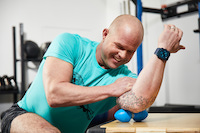
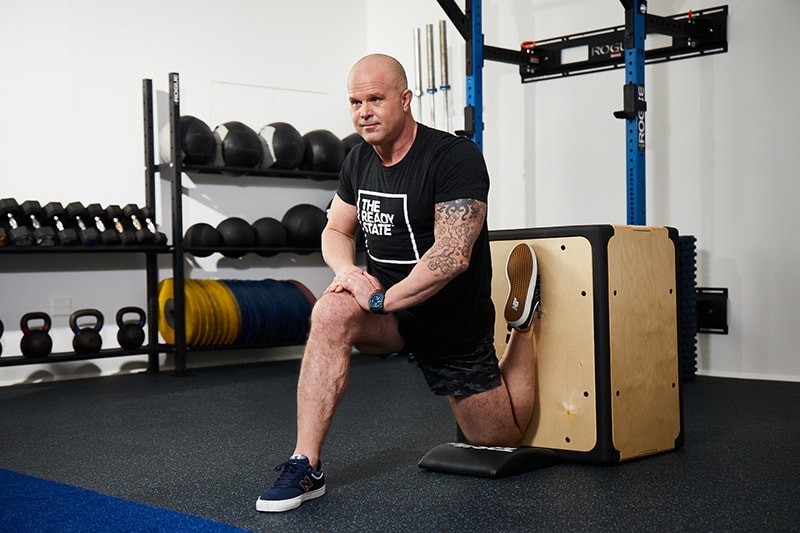
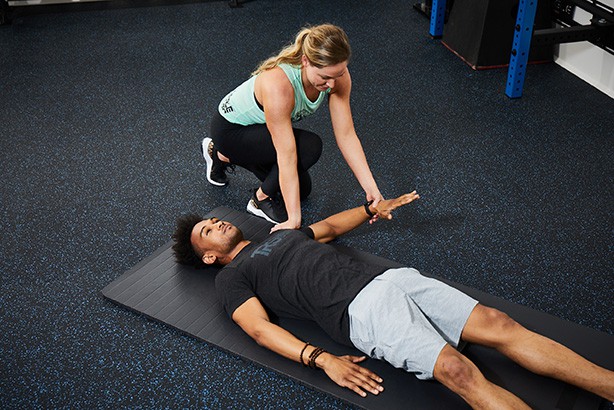
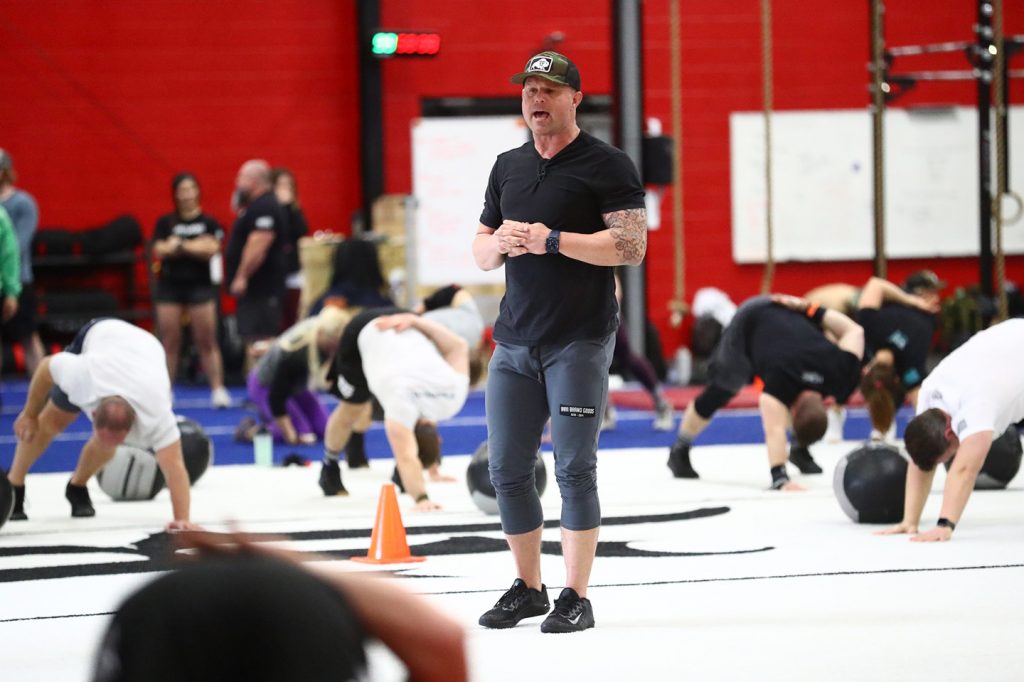
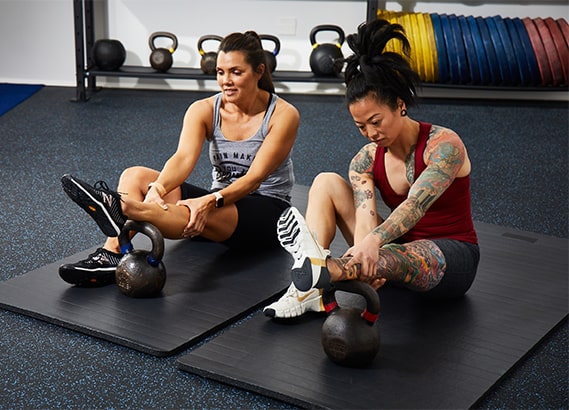
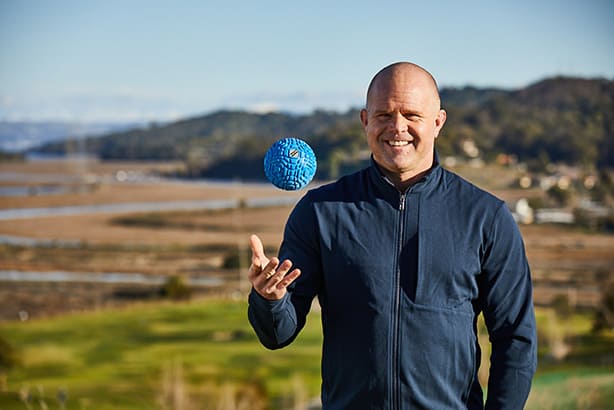
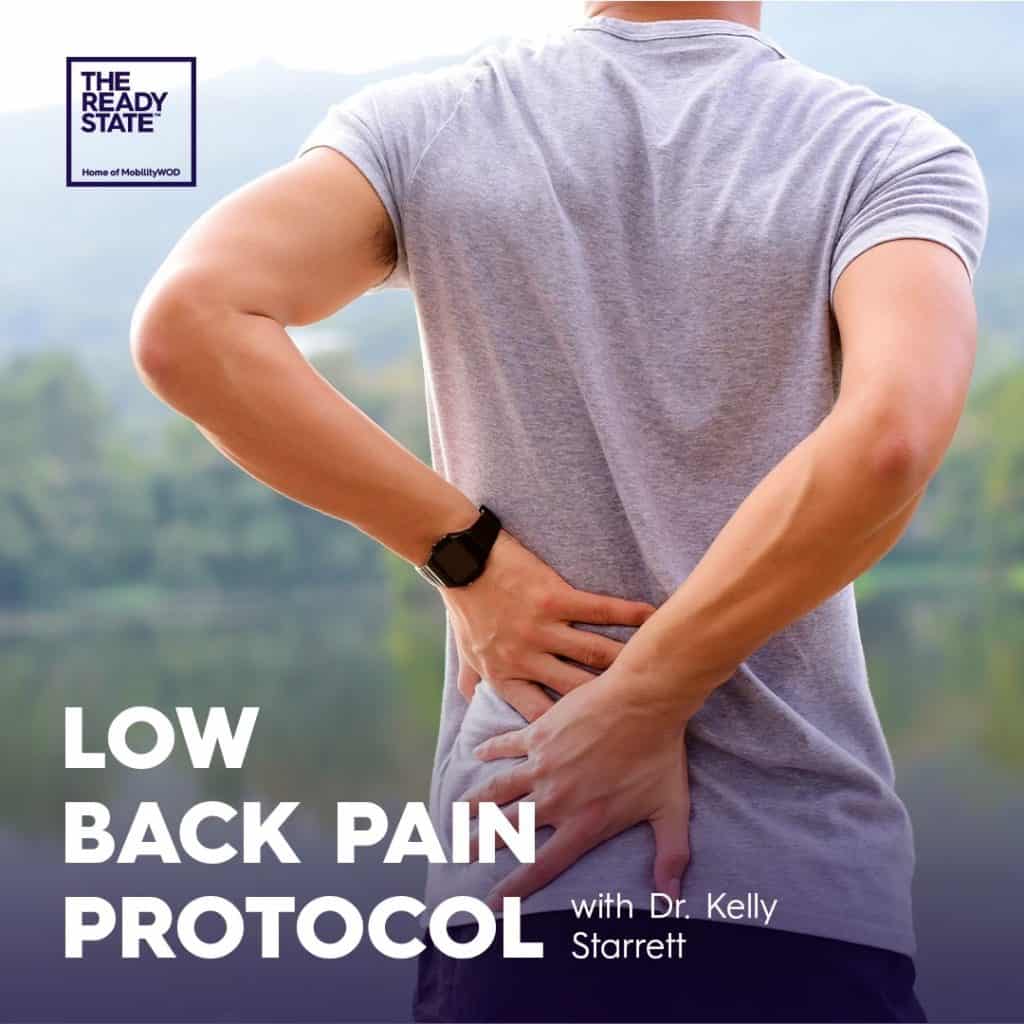
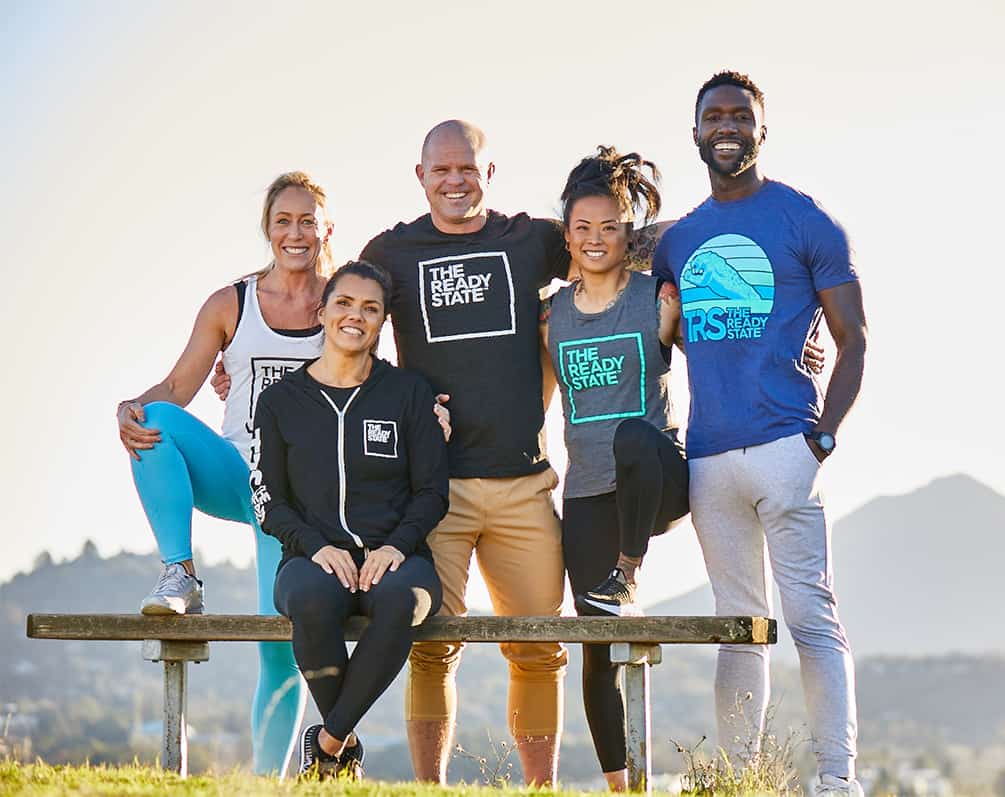
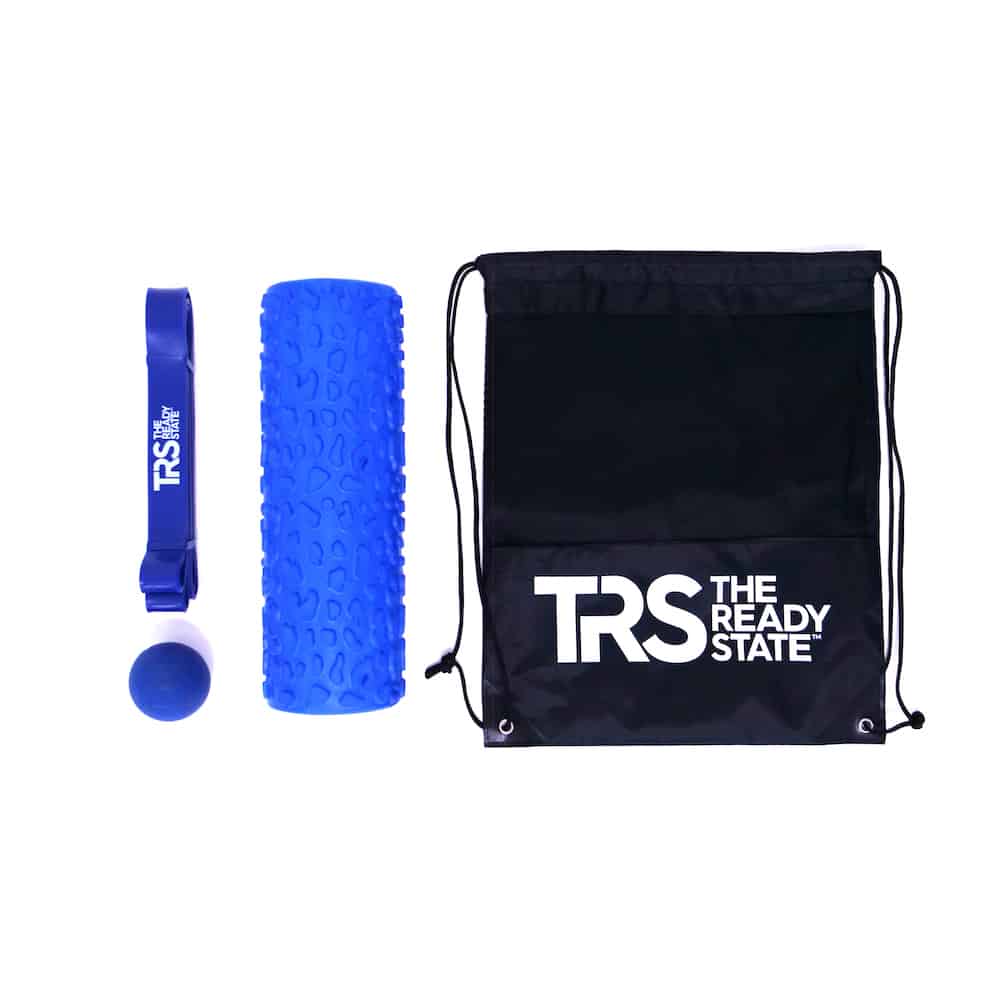
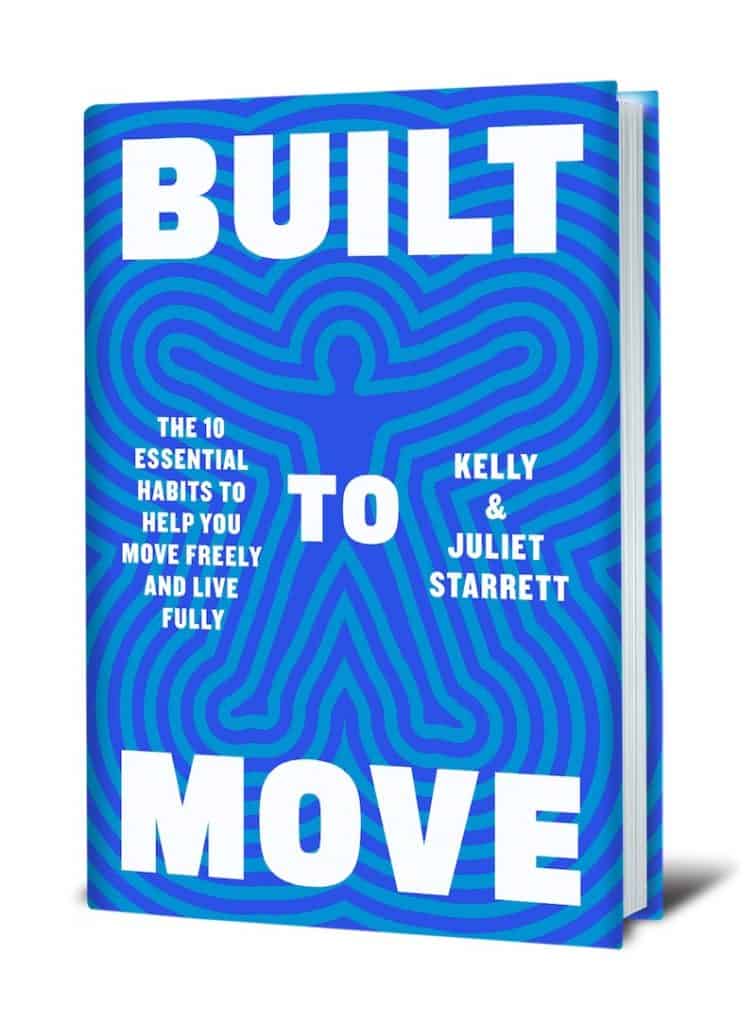
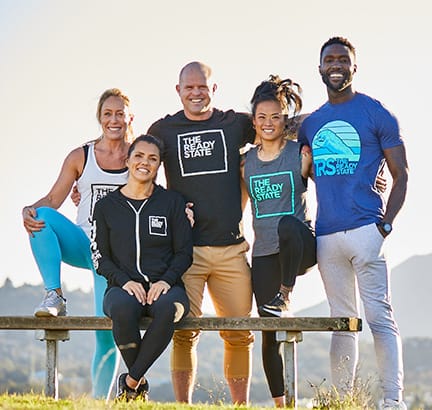
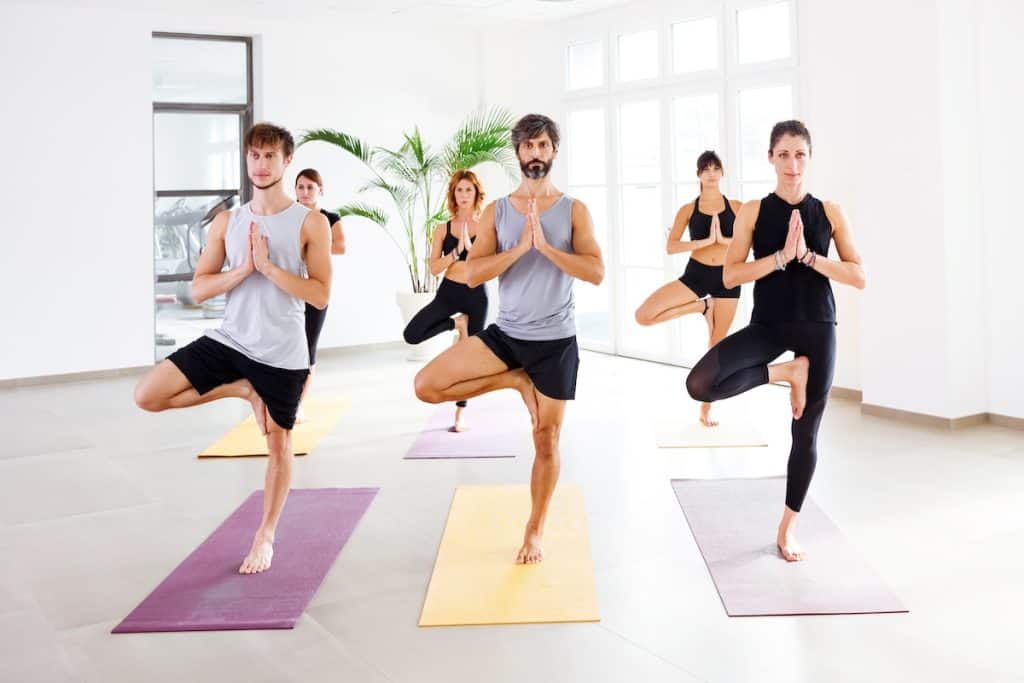

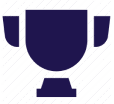




TRS Virtual Mobility Coach
Guided mobilization videos customized for your body and lifestyle.
FREE 7-Day Trial